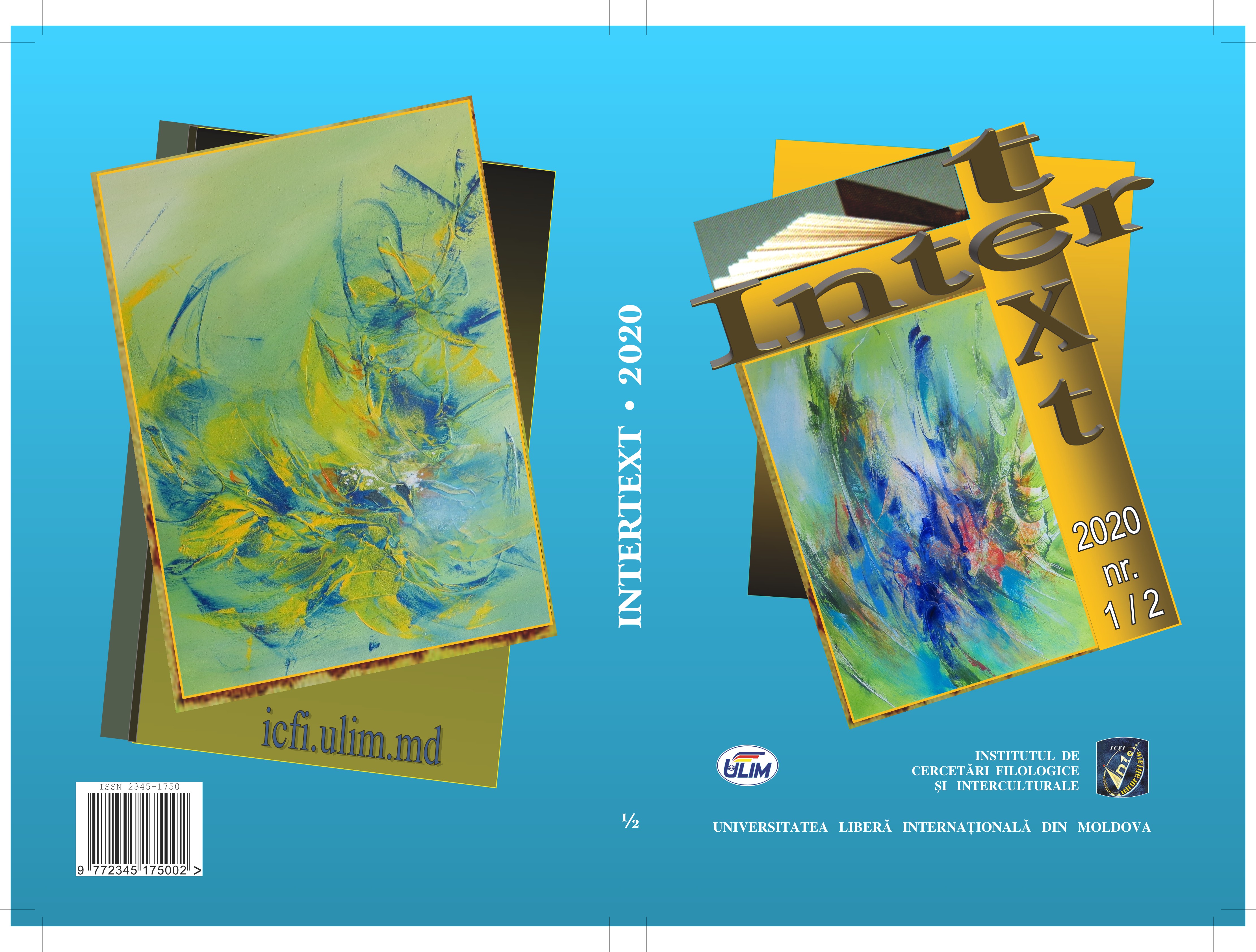Interacțiunea Codurilor în Comediile Franceze
Subtitrate în Limba Română
The Interaction of Codes in French Comedies Subtitled in Romanian
Author(s): Angela GrădinaruSubject(s): Language and Literature Studies, Fine Arts / Performing Arts, Semiotics / Semiology, Theoretical Linguistics, Semantics, Film / Cinema / Cinematography, Translation Studies
Published by: Universitatea Liberă Internațională din Moldova
Keywords: code;codification;connotation;denotation;decodification; pluricodic discourse;film;language;message;sign;gesture; mimics;sense;
Summary/Abstract: The main objective of this study resides in addressing the film (French comedy) as a semiotic system – signs that are used in the process of message production and interpretation and as an interference of codes that govern the use of these signs. The message of a film is a combination of signs that produces the sense when interacting with the receiver. The more we share the same codes and the same sign system, the closer will the significances attributed to the message be. The multitude of codes and the indefinite variety of contexts and circumstances make it possible for the same message to be decoded from different perspectives and by reference to different convention systems. The interpretative codes make way to multiple connotations by means of accessing perceptive and ideological sub-codes. Language can be externalised through articulated words, gestures, through plastic and musical representations. Therefore, we can identify the following active codes in French comedies: logical, aesthetic, sensory, body, visual, iconic, chromatic, cultural. We emphasise the language creativity as a sign system by means of which it is ensured the transition from image to imaginary, from (re)presentation to the condition of (language) signs re(signification) within the limits of the imaginary imprinted in the film sequence. In an audiovisual discourse, the word does not intend to convince the receiver; instead, it intends to create an aesthetic emotion. As a sign, humour represents the object of film semiotics that creates correspondents with other specific codes. Even if verbal language is the most powerful semiotic artifice known to humans, it does not fully satisfy the principle of general expressibility and, in order to be more powerful than it already is, one has to resort to other semiotic systems.
Journal: Intertext
- Issue Year: 2020
- Issue No: 1-2
- Page Range: 111-119
- Page Count: 9
- Language: Romanian

